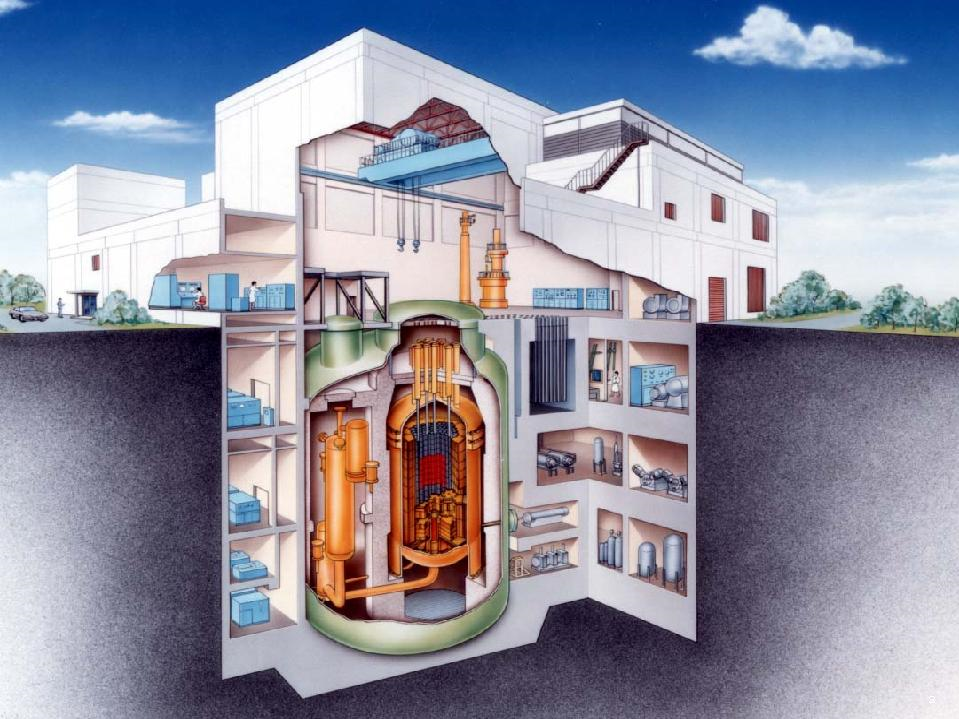HTTR introduction
High Temperature Engineering Test Reactor (HTTR) is the first and only one high-temperature gas-cooled reactor in Japan. The first criticality of the HTTR was achieved on November 10, 1998. The reactor outlet coolant temperature of 950°C under full thermal power of 30MW was achieved on April 19, 2004 for the first time in the world. From January to March in 2010, HTTR was operated successfully for 50 days under high temperature and full power conditions. A loss of forced cooling (LOFC) test at the reactor power of 9MW was successfully conducted in December 2010 to demonstrate the inherent safety characteristic of the HTTR. Through these operation and test, various valuable data for the design, operation, and maintenance of the next generation HTGR have been acquired.
Regarding the New Regulatory Requirement established after the Great East Japan Earthquake, the HTTR has obtained the permission of reactor installation change on June 3rd, 2020 for restarting. After getting ready for the operation restart, HTTR is planned to carry out a LOFC test at full power of 30MW as well as a loss of core cooling test (in addition to the loss of forced cooling, this test also stops the one of the two vessel cooling systems) at reactor power of 9MW.
Outline of High Temperature Engineering Test Reactor
- Thermal Power : 30MW
- Coolant : Helium gas
- Inlet / Outlet coolant temperature : 395 / 850, 950°C
- Primary coolant pressure : 4MPa
- Core Material : Graphite
- Core Height / Core Diameter : 2.9m / 2.3m
- Average Power Density : 2.5MW/m3
- Fuel : Low Enriched UO2·Coated particle / Graphite dispersion Type
- Fuel Element Type : Pin in block Type
- Reactor pressure vessel : Steel( 2·1/4Cr-1Mo )
